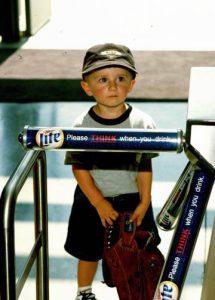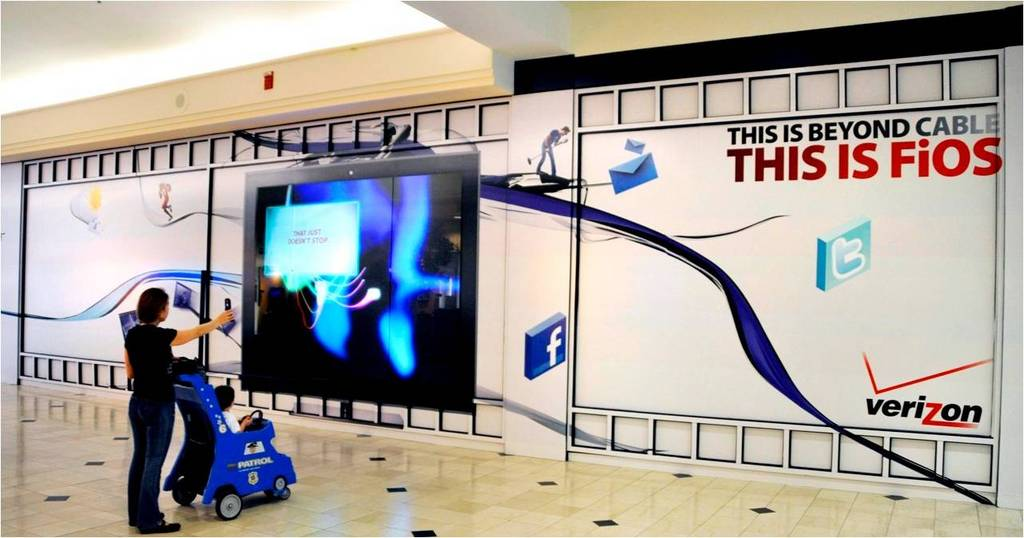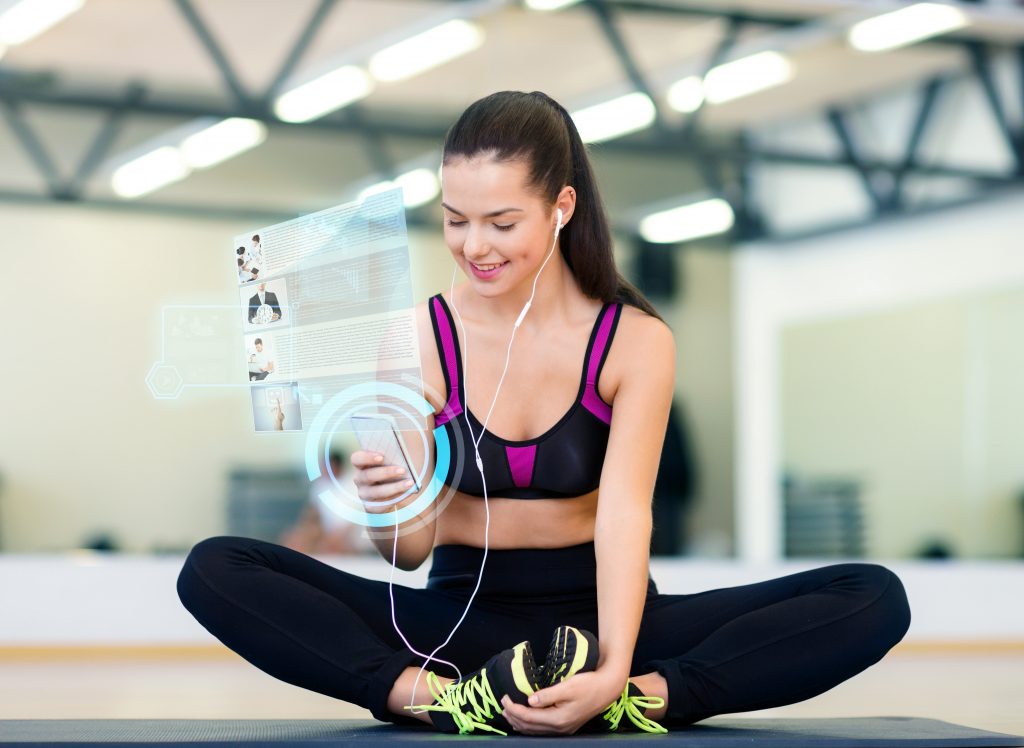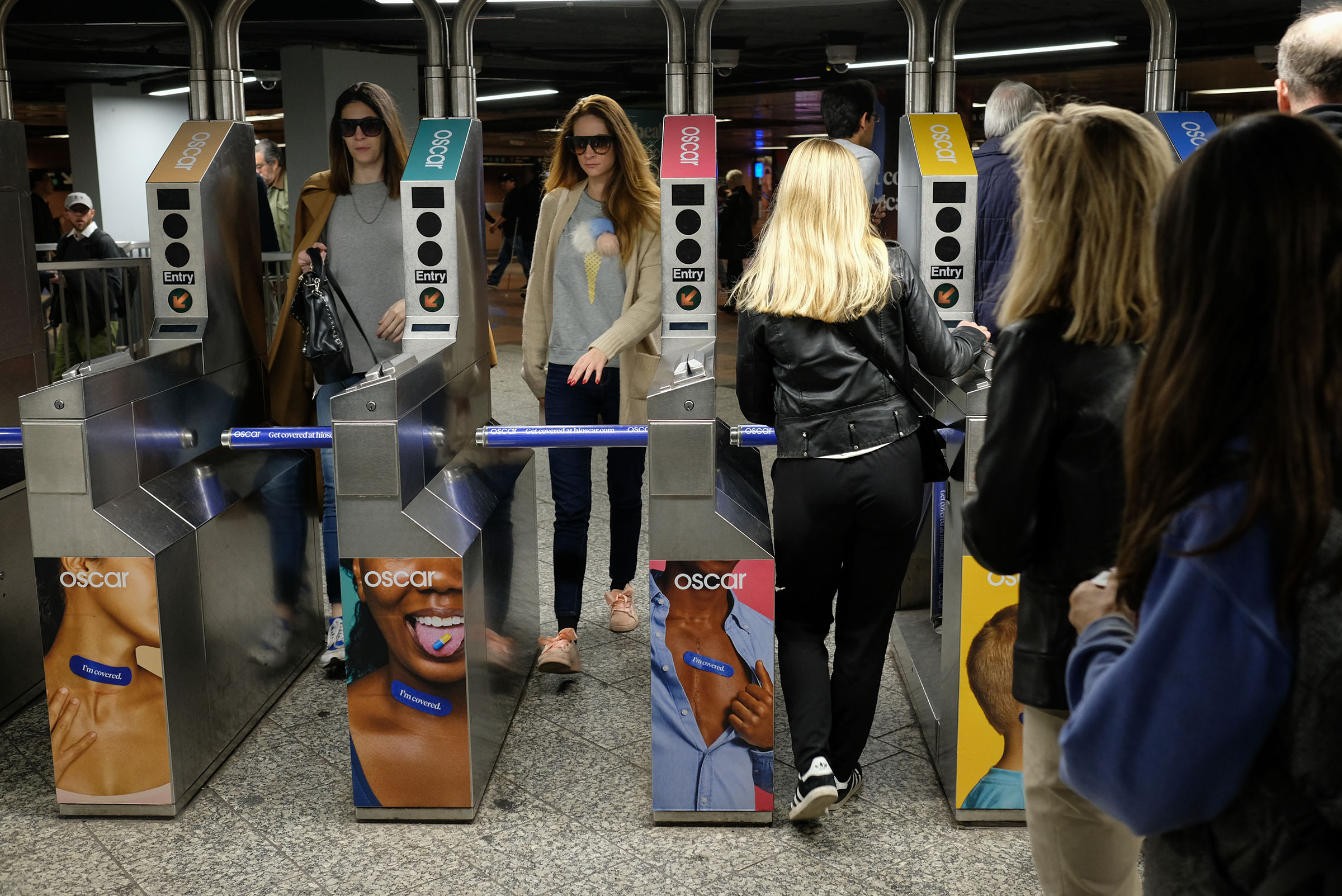 DOmedia, the host to the largest database of OOH vendors in the US, is constantly encountering innovative vendors. In our Vendor Spotlight series, we attempt to highlight these companies and explain to you how they are pushing the industry forward. Today we’re focusing on Entry Media, a company that provides options for turnstile advertising.
DOmedia, the host to the largest database of OOH vendors in the US, is constantly encountering innovative vendors. In our Vendor Spotlight series, we attempt to highlight these companies and explain to you how they are pushing the industry forward. Today we’re focusing on Entry Media, a company that provides options for turnstile advertising.
Entry Media offers a truly unique and effective advertising opportunity. Since 1994, they have been helping brands with their proprietary, high-quality, hand-machined in the U.S.A., custom-fit Turnstile AdSleeve® units that attach onto turnstile arms.
Turnstiles are located at the entry and exit points at high traffic locations including subway stations, professional sports venues, college arenas, stadiums and recreation centers, amusement parks, office buildings and more.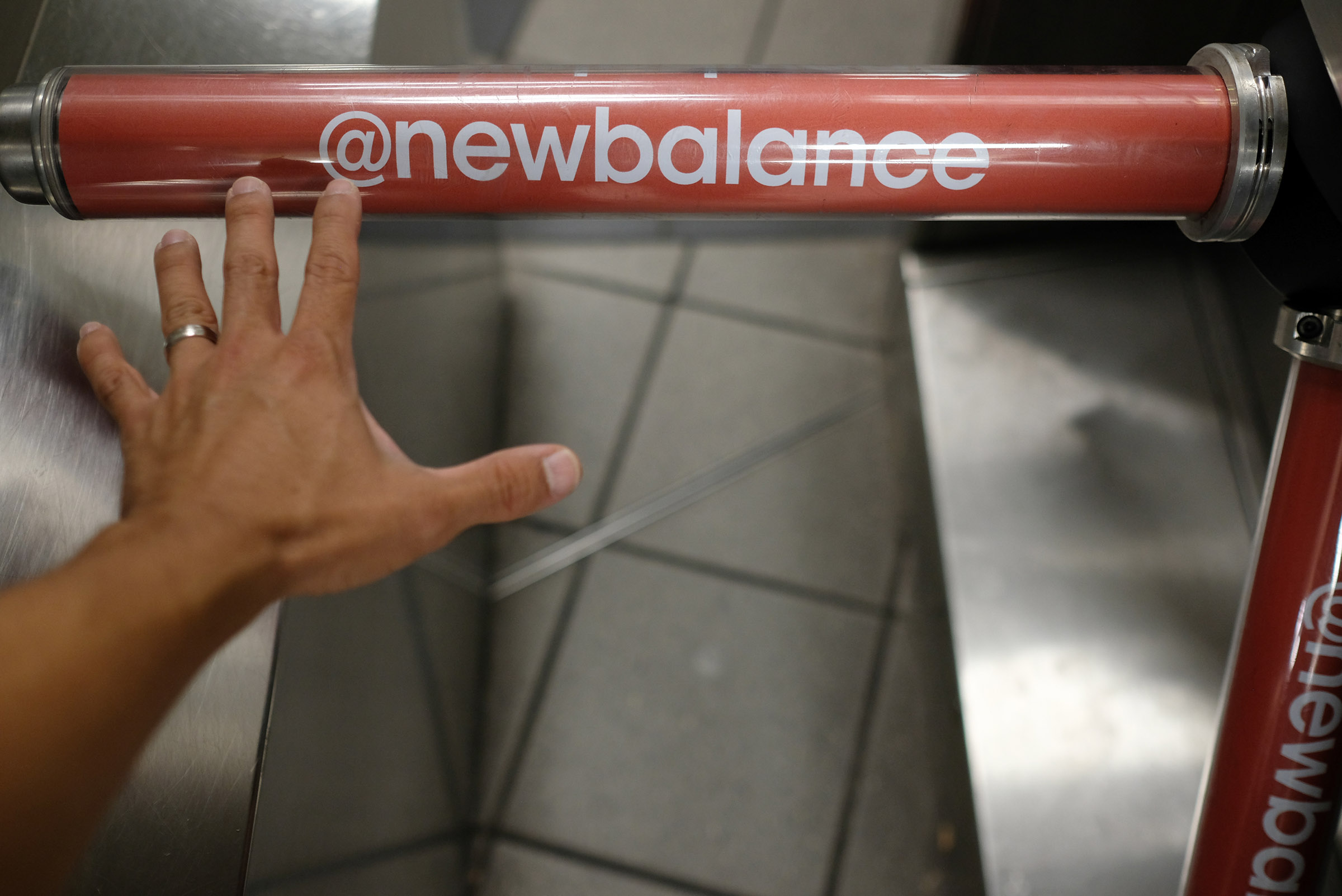
Turnstile AdSleeves offer advertisers the rare opportunity of having consumers both see and touch their brand message. Studies show that turnstile advertising with Turnstile AdSleeves boasts a 66.7% unaided advertiser recall rate. In addition, once consumers are exposed to the brand message on the turnstiles, viewers are even more observant of other ads for the business, digital or otherwise, that they see around them.
The extensive 5!Senses Research Study conducted by Millward Brown showed that brand impact increases by 30% when more than one sense is engaged. This is one reason that makes the Turnstile AdSleeve message so valuable. Viewers not only see but also touch the message as they enter and exit via turnstiles.
With the growing importance of mobile and digital media, Entry Media’s Turnstile AdSleeves offers advertisers a simple and effective tool to further enhance a company’s branding campaign.
Let’s hear from some of their clients:
“Since we arrived at Fenway 15 seasons ago, Entry Media’s Turnstile AdSleeves have allowed us to effectively help our clients to stand out with their brand message. Both the product and the overall service make this relationship a true winner for the Boston Red Sox.”
-Troup Parkinson EVP, Partnerships, Boston Red Sox
“We’ve had great success for close to ten years utilizing the Turnstile AdSleeve units. These unique offerings help amplify our many clients’ brand messages in the New York City Subway system influencing the roughly two billion consumers who ride every year.”
-Jodi Senese, Chief Marketing Officer at OUTFRONT Media.
If you want to learn more check out the Entry Media vendor page here.
Want to be featured on our blog? Fill out our short vendor questionnaire here.
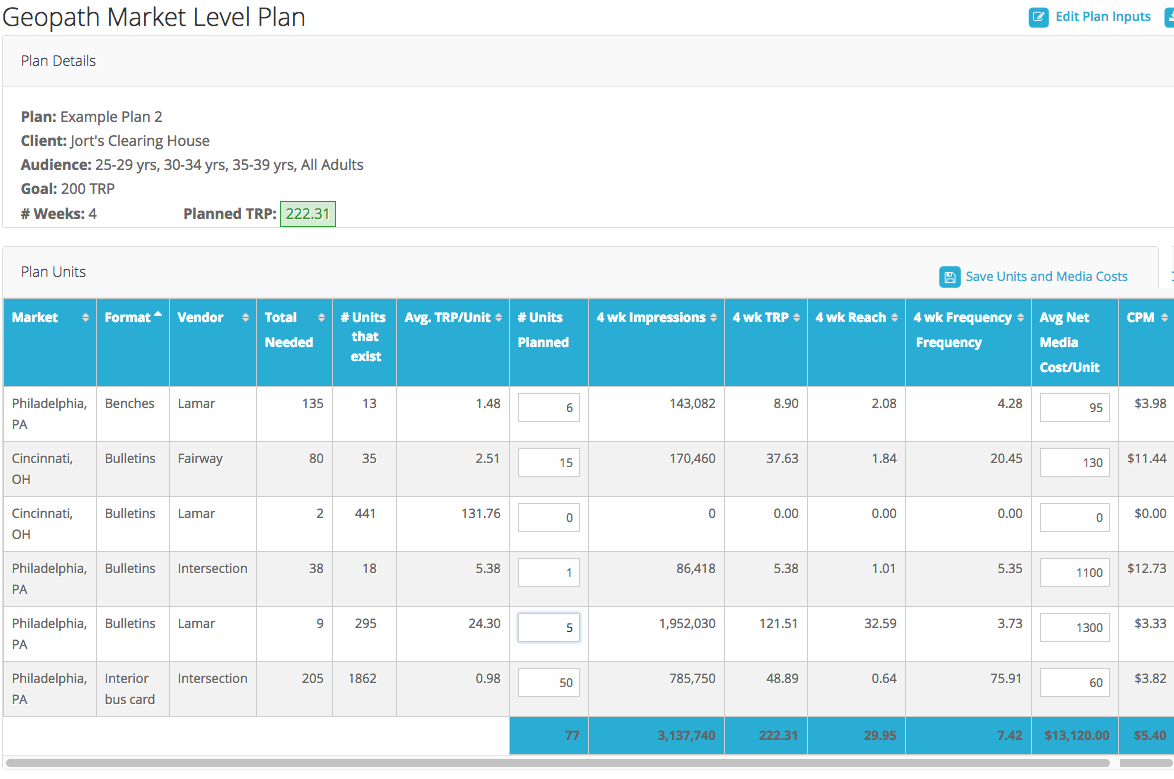
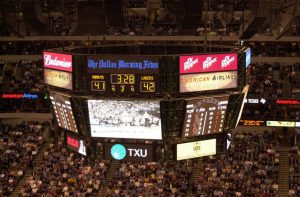 If you’ve ever been to a live sporting event then you probably know that when your attention is not on the field (court, rink, pitch, etc.) it’s probably focused on the Jumbotron instead. These massive digital video boards are commonplace in almost every sports venue and are a premier location for your OOH advertisement.
If you’ve ever been to a live sporting event then you probably know that when your attention is not on the field (court, rink, pitch, etc.) it’s probably focused on the Jumbotron instead. These massive digital video boards are commonplace in almost every sports venue and are a premier location for your OOH advertisement.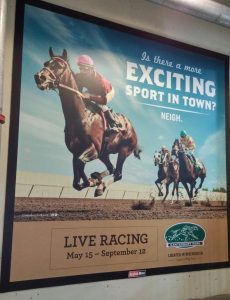 Branded signage is another very common and effective stadium ad format. These signs or posters are placed in concourses, stairwells, elevators, and even parking structures. Despite being relatively conventional in nature you can be sure these ads will reach the hoards of fans who roam the stadium looking for their seats, restrooms, and concession stands.
Branded signage is another very common and effective stadium ad format. These signs or posters are placed in concourses, stairwells, elevators, and even parking structures. Despite being relatively conventional in nature you can be sure these ads will reach the hoards of fans who roam the stadium looking for their seats, restrooms, and concession stands. 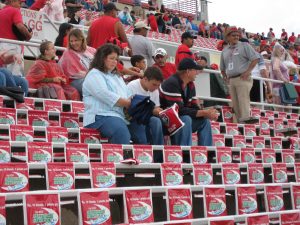 Branded seating is another productive form of stadium advertising that makes an impact the moment fans take their seats. Seat advertisements refer to branded giveaway bags, containing a variety of goods and information, that are affixed to the backs of fans’ seats before the start of the game. Placing these ads at one of the fans’ first points of contact with the stadium makes your brand stand out, and immediately prompts users to engage with your offering. By investing in seating advertisements you place your brand directly at the fingertips of consumers and encourage continual interaction both during and after the game.
Branded seating is another productive form of stadium advertising that makes an impact the moment fans take their seats. Seat advertisements refer to branded giveaway bags, containing a variety of goods and information, that are affixed to the backs of fans’ seats before the start of the game. Placing these ads at one of the fans’ first points of contact with the stadium makes your brand stand out, and immediately prompts users to engage with your offering. By investing in seating advertisements you place your brand directly at the fingertips of consumers and encourage continual interaction both during and after the game. 